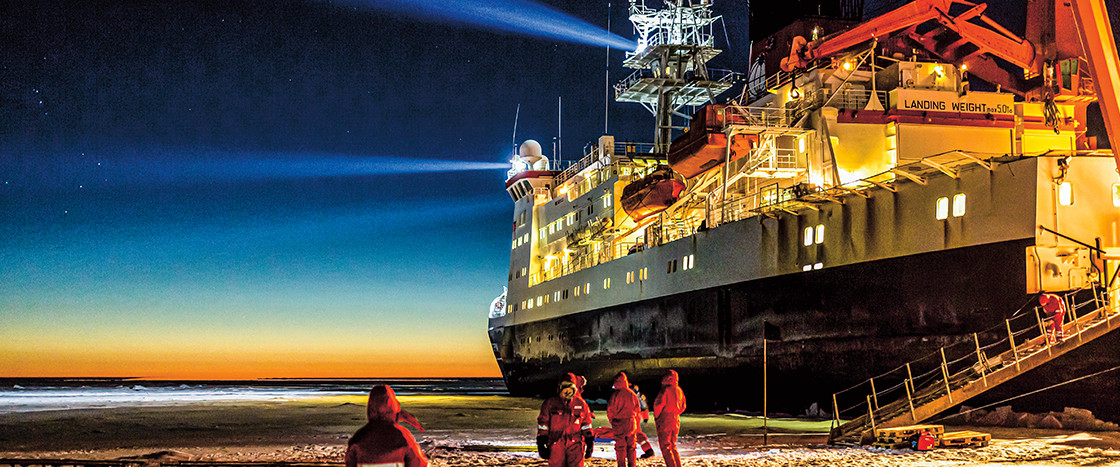Jim McMahon
Earth's polar regions
Temperatures near the North Pole can plunge to a chilling -40°C (-40°F) in the winter. Ships usually steer clear of the Arctic Ocean during this time to avoid getting stuck in ice.
But in October 2019, a team of researchers did just the opposite! They sailed their ship, the Polarstern, into an ice floe. Then they shut off the engines and waited. After a few weeks, the ship was frozen in a new ice sheet. Over the next year, the scientists collected all kinds of data about the Arctic.
Researchers typically work in the Arctic during the summer, when conditions are less harsh. “We know so little about what’s happening in the winter,” says Céline Heuzé. She’s a researcher at the University of Gothenburg in Sweden who helped plan the Polarstern expedition. Information about winter in the Arctic is key to understanding the effects of climate change.
Earth’s average temperature has been rising. The Arctic is warming more than twice as fast as the rest of the planet. Data gathered by scientists on the Polarstern will help reveal how climate change is affecting the Arctic—and the whole world.
The North Pole is a cold place. It can reach a chilling -40°C (-40°F) in the winter. Ships usually steer clear of the Arctic Ocean during this time. That’s so they don’t get stuck in the ice-covered waters.
But in October 2019, a team of scientists did the opposite! They were on a ship called the Polarstern. They sailed it into an ice floe. Then they shut off the engines. They waited for the ship to freeze into the ice. The scientists spent a year there. They collected all kinds of data about the Arctic.
Scientists usually work in the Arctic during the summer. Then conditions are less harsh. “We know so little about what’s happening in the winter,” says Céline Heuzé. She’s a scientist. She works at the University of Gothenburg. It’s in Sweden. She helped plan the Polarstern trip. Winter data is key to learning about climate change in the Arctic.
Earth’s average temperature is rising. The Arctic is warming more than twice as fast as the rest of the world. The Polarstern trip will help show how warmer weather is affecting the Arctic. Changes there can impact the whole planet.

